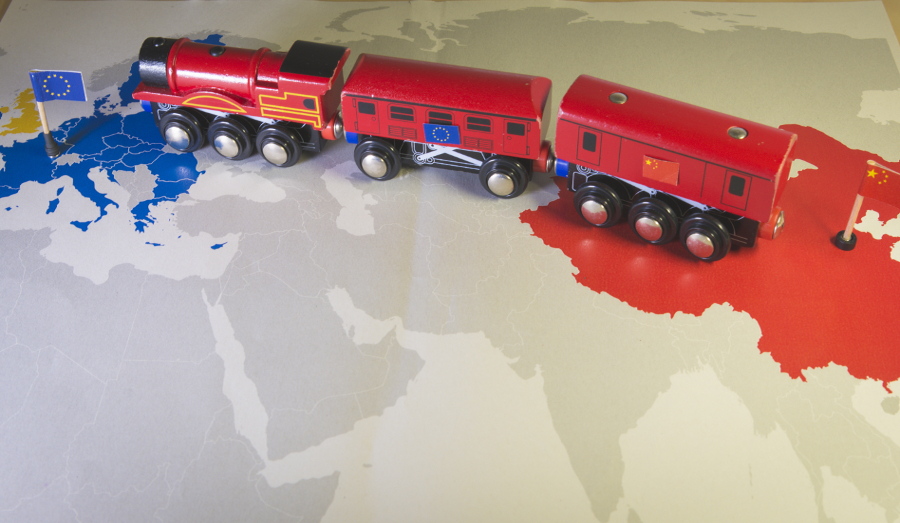China’s Belt and Road Initiative is a development and trade strategy that was first proposed by Chinese President Xi Jinping in 2013. The strategy identifies several vital trade and investment corridors and looks to build them up through investments in infrastructure. The initiative is obviously China-centric, focused on trade corridors into and out of China. While much of the progress made in advancing the initiative has thus far been in Asia, Italy recently became the first European country to join the initiative, which has many observers in the West worried about growing Chinese influence.
Italy’s agreements with China, which include investment in the ports at Genoa and Trieste, come at a particularly difficult time. With the United States embroiled in a trade dispute with China, and attempting to strong-arm its allies into shunning Huawei technology as they make the move into 5G networks, Italy’s negotiations are almost a slap in the face to the US and its relationship with Europe. Italy becomes not only the first EU member state to join the Belt and Road Initiative, but also the first G7 member to join.
The total economic value of the deals is negligible, amounting to around $3 billion. But the symbolism is unmistakable. Whether the deals lead to deeper ties between Beijing and Rome remains to be seen, as the deals are facing opposition not just within Italy but also within Europe.
Germany has already criticized the Italians’ arrangement, castigating Italy for thinking it could negotiate with China solo and not eventually become dependent on China. With Italy’s high debt levels, weak banking system, and tense relationship with the EU and some of its European neighbors, the Italian move could be seen as a way to get back at the EU for what it perceives as a lack of support for its banking sector and economy. But turning its back on Europe like a jilted lover may give China an entryway into Europe that it won’t soon relinquish.
This article was originally posted on Red Tea News.





